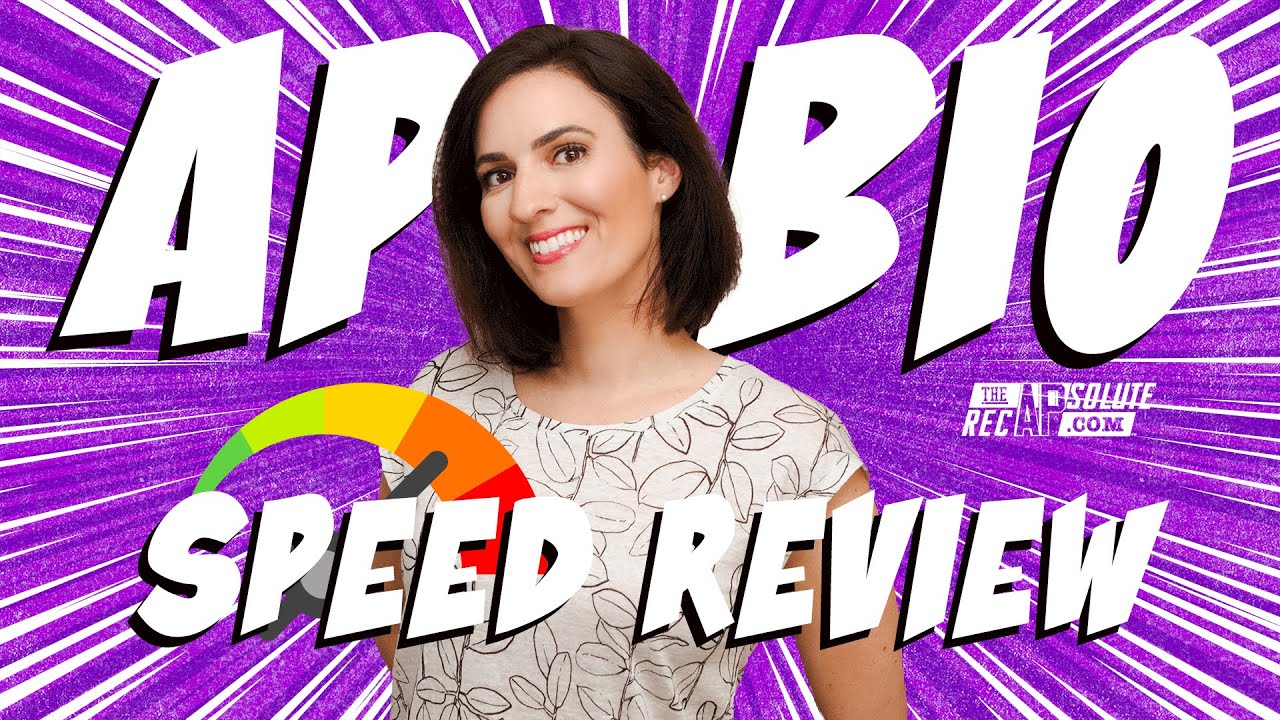Intro to Law: Basic Concepts and Definitions
Summary
TLDRThis video offers a comprehensive review for Business 245, covering key legal concepts and the Canadian court system. It defines law, its sources, and delves into the litigation process, including demand letters, negotiations, and trials. The video explores tort law, detailing types of liability and the negligence formula. It also touches on professional liability, ADR methods, and contract formation, providing a foundational understanding of business law.
Takeaways
- 📚 Law is defined as rules established by a ruler or authority that must be obeyed, with sources including custom, actions of representatives, court decisions, precedents, and agreements.
- 🏛️ The Canadian court system includes the Provincial Court of BC, Supreme Court of BC, BC Court of Appeals, Supreme Court of Canada, Tax Court, and Federal Court.
- 📊 The Provincial Court of BC is limited by the area of offense registration and a maximum monetary award of 25 thousand dollars.
- 📖 The Supreme Court of Canada reviews decisions of national importance and consists of nine judges.
- 💼 The role of courts includes being arbiters of the Constitution, interpreters of legislation, protectors of civil liberties, enforcers of public policy, and resolvers of private disputes.
- 💡 The litigation process involves steps from demand letters to appeals, with key stages including writ of summons, statement of claim, discovery, and trial.
- 🚫 Tort law involves wrongs to persons, with types of liability including fault, strict liability, and vicarious liability.
- 🔍 The negligence formula for liability includes duty of care, breach of standard of care, causation, and remoteness.
- 🤝 Alternative Dispute Resolution (ADR) methods like negotiation, mediation, and arbitration offer alternatives to litigation with benefits like lower cost and greater control.
- 📝 Contract formation involves offer and acceptance, with rules including the necessity of an offer, communication, lapse of offers, and the binding moment of acceptance.
Q & A
What is the definition of law as mentioned in the video?
-Law is defined as that which is laid down, ordained, or established by a ruler, a method according to which phenomena or actions coexist or follow each other, and that which must be obeyed and followed by citizens subject to sanctions or legal consequences.
What are the sources of law according to the video?
-The sources of law include custom, actions of representatives of people, decisions of the courts, precedent, actions of administrative agencies, and agreements between people.
What is the role of the provincial court of BC in the court system?
-The Provincial Court of BC is an evidentiary court with usually only one judge and no jury. It has two limiting factors: cases must be registered in the area where the offense occurred, and there is a monetary limit of 25 thousand dollars in damages.
How does the Supreme Court of Canada differ from the BC Supreme Court?
-The Supreme Court of Canada differs from the BC Supreme Court in that it has nine judges and reviews decisions of previous courts if they have national importance.
What is the role of the courts as described in the video?
-The courts serve as arbiters of the Constitution, interpreters of legislation, protectors of civil liberties, enforcers of public policy, and as arbiters of disputes between private parties.
Can you describe the litigation process as outlined in the video?
-The litigation process includes the demand letter, negotiation, writ of summons, statement of claim, appearance documents, statement of defense, reply, demand for discovery of documents, interrogatories, examination for discovery, setting a trial date, and the trial itself, followed by the appeal process.
What is tort law and how is liability defined in the context of the video?
-Tort law is defined as a wrong to another person. Liability is the requirement to pay damages and can be established through fault, strict liability, or vicarious liability.
What are the elements of the negligence formula mentioned in the video?
-The elements of the negligence formula include a duty of care owed, breach of standard of care, causation, and remoteness.
Can you explain the concept of duty of care using the example from the video?
-Duty of care refers to the obligation to take reasonable care to avoid acts or omissions that could foreseeably harm others. The example from the video is the Donahue versus Stevenson case, where Mrs. Donahue found a snail in her ginger beer, and it was determined that the manufacturer owed her a duty of care.
What are some of the other torts discussed in the video besides negligence?
-Other torts discussed in the video include deceit or fraudulent misrepresentation, assault and battery, nervous shock, false imprisonment, malicious prosecution, and defamation.
What is the difference between a unilateral contract and a bilateral contract as mentioned in the video?
-A unilateral contract is initiated by performance rather than acceptance, such as in the Carbolic Smoke Ball case where a reward was offered for curing a disease. A bilateral contract involves an offer and acceptance by both parties.
What are some advantages and disadvantages of Alternative Dispute Resolution (ADR) as discussed in the video?
-Advantages of ADR include lower cost, reduced time to resolution, preservation of confidentiality, greater control over the process and outcomes, and opportunities for conciliation. Disadvantages include possible inequality of bargaining power, lack of enforcement of documents, information disclosure, possible lack of finality, enforcement challenges, and fewer safeguards on the process.
Outlines

Этот раздел доступен только подписчикам платных тарифов. Пожалуйста, перейдите на платный тариф для доступа.
Перейти на платный тарифMindmap

Этот раздел доступен только подписчикам платных тарифов. Пожалуйста, перейдите на платный тариф для доступа.
Перейти на платный тарифKeywords

Этот раздел доступен только подписчикам платных тарифов. Пожалуйста, перейдите на платный тариф для доступа.
Перейти на платный тарифHighlights

Этот раздел доступен только подписчикам платных тарифов. Пожалуйста, перейдите на платный тариф для доступа.
Перейти на платный тарифTranscripts

Этот раздел доступен только подписчикам платных тарифов. Пожалуйста, перейдите на платный тариф для доступа.
Перейти на платный тариф5.0 / 5 (0 votes)






